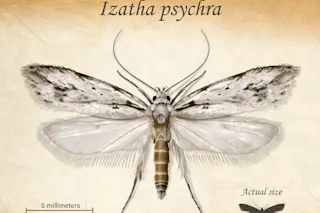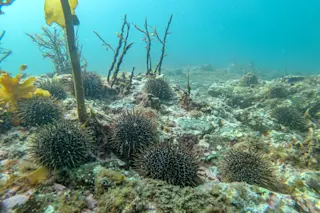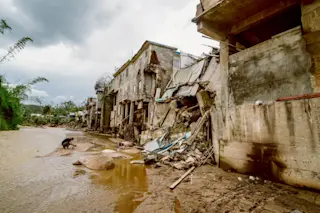There are no chimps, lions, or antelopes on Madagascar. But there are lemurs, hedgehoglike tenrecs, and the five-foot-long feline-looking fossa, found nowhere else in the world. The island’s isolation accounts for its peculiar fauna, but the curious thing is that Madagascar has been 250 miles from Africa for 120 million years--before the ancestors of lemurs, tenrecs, and other Madagascar denizens had even evolved. So how did these mammals get to the island? The best explanation biologists have offered is that a few fearless animals floated over from East Africa on rafts of vegetation. But Robert McCall, a doctoral student in zoology at Oxford, is skeptical. Madagascar is almost like a snapshot of evolution, taken 30 or 40 million years ago, he says. If we had all these rafts then, why don’t we see any rafts in the last 20 million years?
McCall turned to geology, his second love, for an ...














